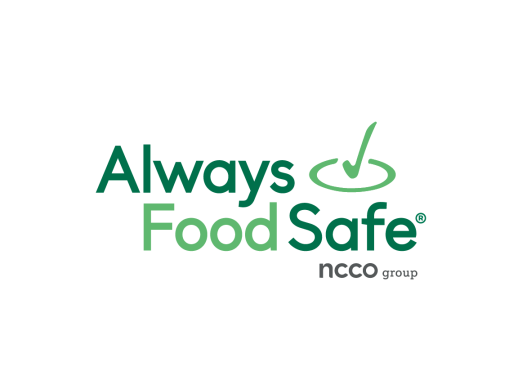Food safety is vital to operating any restaurant, and it is especially important when it comes to buffets.
Buffets and self-service areas can be a food safety challenge, with many things that could go wrong—from temperature abuse to cross-contamination.

 English
English
 Spanish
Spanish
